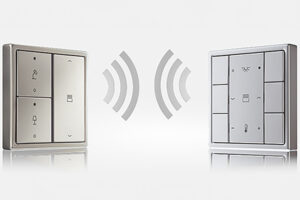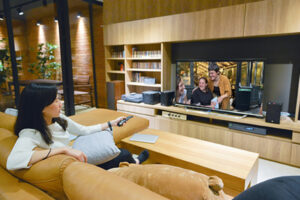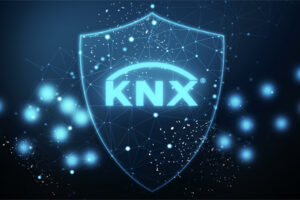
Lighting: creating amazing aesthetics for the home using KNX and LED tape
As LED tape is now ubiquitous in new lighting schemes, Simon Buddle explains how combining it with the flexibility of KNX can lead to stunning

KNX IoT: Part 7 – the open-source KNX IoT stack
In the seventh of this series of articles on KNX IoT, Bruno Johnson and Wouter van der Beek explain the open source KNX IoT Stack.

Retrofitting KNX: how radio frequency technology offers a reliable and flexible solution
Simon Buddle looks at various KNX RF products and how they make it simple to retrofit KNX where no cables can go. Since my very

KNX RF Multi: the next generation KNX RF standard
Jens Kamenik explains the evolution of KNX RF into KNX RF Multi, what products are available and how they are typically used. Traditional KNX installations

KNX IoT: Part 6 – using Thread for KNX IoT
In the sixth of this series of articles on KNX IoT, Bruno Johnson and Wouter van der Beek explain the how to use Thread for

Beginner’s Guide: Audio for the KNX professional Part 3 – Home Cinema
In the final part of this three-part series aimed at KNX professionals without a hi-fi background, Simon Buddle looks at home cinema. We’ve looked at

KNX IoT: Part 5 – creating a heterogeneous installation by using a KNX IoT Router
In the fifth of this series of articles on KNX IoT, Bruno Johnson and Wouter van der Beek explain the role of the KNX IoT

Keeping installations safe: the importance of security for KNX professionals
Steven De Bruyne discusses why every KNX installation should be evaluated for security, and what measures KNX Association has taken to ensure they can remain

KNX IoT: Part 4 – the architecture of KNX IoT devices
In part 4 of this series on KNX IoT, Bruno Johnson and Wouter van der Beek explain the architecture of KNX IoT devices and show

Trade Talk: the importance of specialist programming skills in high-quality KNX installations
Simon Buddle looks at the four factors affecting the quality of a KNX installation and underlines the importance of specialist KNX programming skills. I don’t












